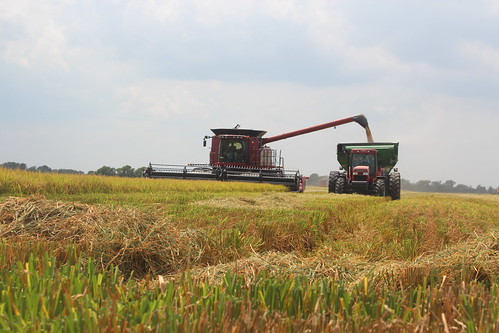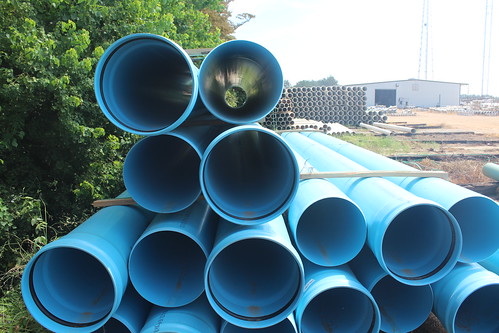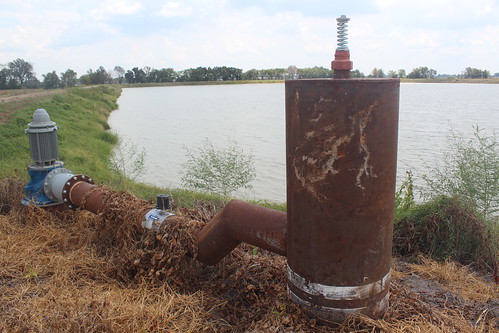
Farmers and ranchers who use conservation practices on their land help clean water and air. Their operations are more efficient, and they promote the wise use of natural resources.
USDA’s Natural Resources Conservation Service (NRCS) is an agency that helps private landowners improve their land and any nearby waterways—but the benefits are bigger than those seen on the fields and pastures. That’s because local labor is a crucial but often unmentioned component of putting conservation practices on the ground. NRCS-recommended conservation practices rely on biologists, foresters, pipe makers, dirt movers, welders, engineers and many more to implement.
The benefits of conservation, both on and off the farm, are evident in places like Indianola, Miss., which sits at the heart of the state’s Delta region.

NRCS works with producers in the Mississippi River watershed, including many in the Indianola area, to prevent the runoff of sediment and nutrients into bayous and other natural waterways that flow to the Gulf.
High levels of sediments and nutrients that can run off of farms can impair natural waterways and lead to areas of oxygen-deprived water, a phenomenon called hypoxia.
One way to prevent sediment and nutrient runoff is through tailwater recovery systems, which are popular in the Delta. The system captures water—both from irrigation and rainfall—as it leaves the fields and recycles it. This keeps the water on the fields, allowing producers to use less underground water sources.

But building a tailwater recovery system takes a lot of work, and involves the help of local businesses. Ditches and a storage reservoir have to be carved into the landscape, followed by a network of pipes and ditches.
For example, the Indianola companies Irrigation Equipment, Inc. and Pitts’ Pipes attribute the use of conservation as a major source of their business. And when it comes time to getting the land ready, Alton Boehs and his family-owned dirt moving company haul 10,000 yards of dirt per day, using $60,000 worth of diesel every month, which he buys locally.
All of these businesses use machinery that requires maintenance, new parts and other work, keeping local mechanics busy. And after working hard, everyone is pretty hungry, sending people to local restaurants to eat.

Conservation has bigger benefits than successful harvests. It also sparks activity in a local economy, while helping producers be good stewards of the land.
Follow NRCS on Twitter.
Check out other conservation-related stories on the USDA blog.

